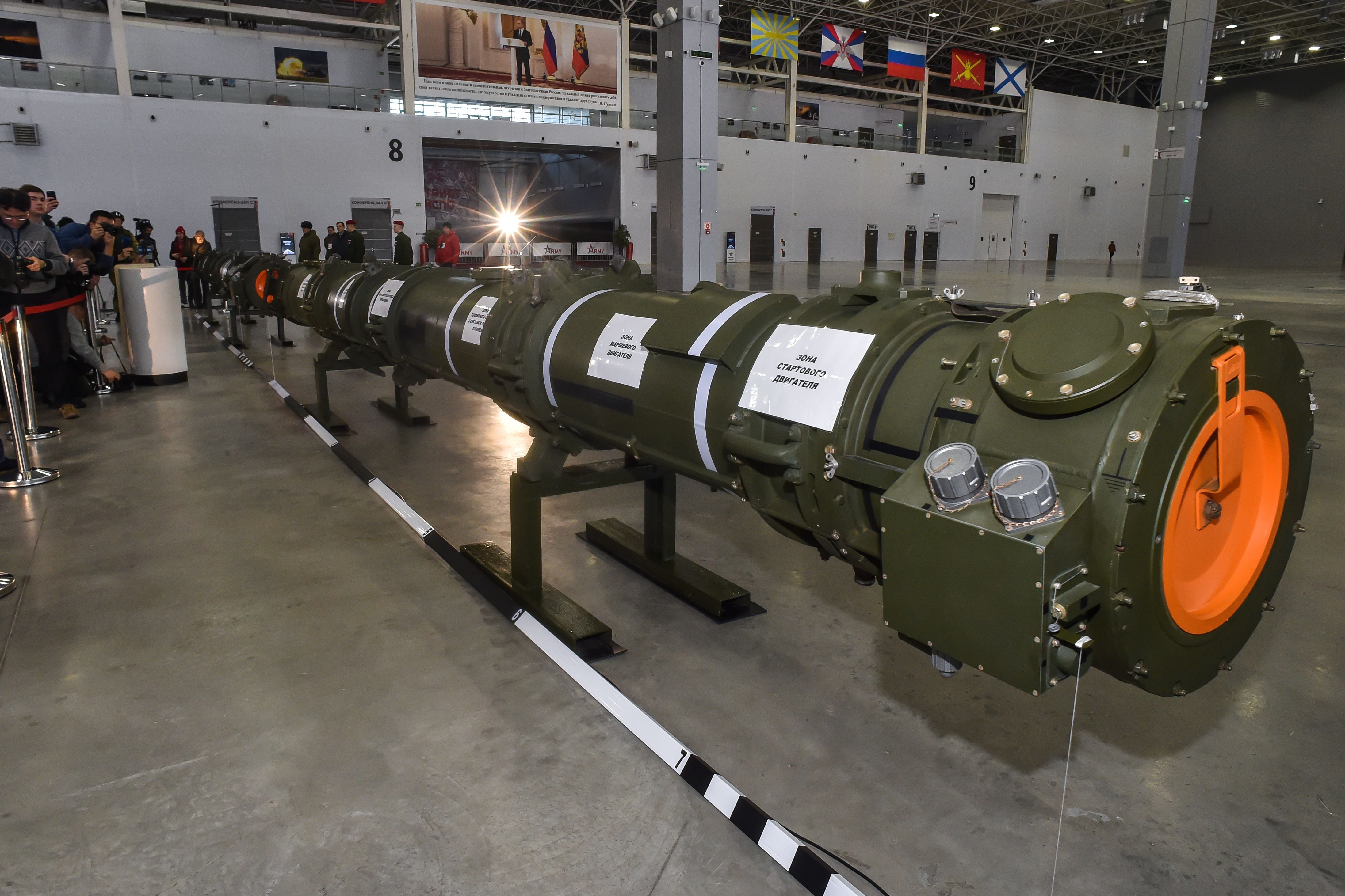In recent years, robust dialogue and billions of dollars have been devoted to modernizing the nuclear triad, the three weapons systems that provide second-strike capability to deter adversaries from a nuclear attack on the United States. Yet, deterrence depends not only on a modernized triad but also on survivable systems for decision-makers to understand the nature of a nuclear attack, and to command and control the response.
Director of National Intelligence Dan Coats testified a few days ago: “Russia and China will continue to pursue a full range of anti-satellite weapons as a means to reduce U.S. military effectiveness and overall security.” Without reliable and secure surveillance and communications systems, our leaders may find themselves well-armed, but blind and dumb. A weakness in our nation’s sensing and communications systems undermines the entire deterrent.
The United States’ strategic “thin line” is the communications network, much of it spaceborne, that connects our nuclear weapons, sensors and related systems to the president and his national security team. It must be modernized and enhanced soon to maintain a credible deterrent against Russia and China. As the rivalry between the United States and these countries increases, with the one resentful of the loss of past superpower prestige, and the other committed to acquiring it, our nation needs a nuclear deterrent of which all its components are strong and resilient. China recently test fired another of its long-range, nuclear-capable missiles, the DF-26.
When the Cold War ended almost 40 years ago, the United States cut its strategic arsenal dramatically. In addition, it eliminated much of the redundancy and resiliency in the supporting components of the nation’s nuclear capability. Over time, this policy has left the United States with a fragile nuclear deterrent space architecture. One example is the policy of procuring replacement satellites just in time to meet projected spacecraft failure dates, leaving our satellite constellations vulnerable to a single launch failure or hostile action.
RELATED

It is encouraging that the Department of Defense decided last fall to significantly accelerate the satellite system that detects the launch of ballistic missiles, called the Next-Generation Overhead Persistent Infrared program. The Next-Gen OPIR Block 0 satellite system will be far more survivable than its predecessor, the current Space-Based Infrared System. It will be able to survive and provide essential information to American decision-makers in crisis and conflict both against Chinese and Russian anti-satellite measures, and when regional powers are threatening the use of nuclear weapons.
However, equally important to nuclear deterrence is a survivable communications system for national leaders to receive the sensor information, to consult with each other and to issue orders to our own nuclear systems. The Defense Department has not yet focused on the need to accelerate the other key element — the Evolved Strategic SATCOM system. ESS, the replacement for the Advanced Extremely High Frequency system used to protect military satellite communications systems currently in orbit, is not scheduled to be fielded until at least 2030.
Replacing all three legs of the triad and accelerating the missile-launch warning element of the nation’s nuclear deterrent, but not upgrading the equally important protected-communications element leaves a gaping vulnerability.
There has been recent discussion of eliminating the nuclear-hardening requirement for the U.S.’ strategic space surveillance and communications elements to increase competition and lower cost. Arguments have been made that as China and Russia develop non-nuclear, counter-space weapons, they are not likely to use nuclear detonations in space to blind and deafen American systems. In fact, the Russians, Chinese and other nuclear states such as North Korea will choose not to use the full range of anti-satellite capabilities, from lasers and proximity operations through nuclear detonations in space, only if American systems are resistant to them.
Moreover, thanks to increased government space resilience investment over the past few years, industry is more than capable of fielding resilient strategic space communications at a reasonable cost. The marginal cost of hardening a spacecraft against nuclear effects is only about 1 percent of its system cost. Continuing to nuclear harden the U.S.' strategic thin-line space assets is both a sound and inexpensive insurance policy.
The Next-Gen OPIR and ESS programs must be capable, affordable, resilient and fielded in time to address the dynamic and dangerous security environment on Earth and in outer space. Deterrence of nuclear attack — ensuring the very survival of the nation — depends on the capability to provide national decision-makers early warning and continuous knowledge of missile attacks, and for national leaders and operational commanders to command, control and communicate under contested war-fighting conditions.
U.S. industry is ready to provide resilient systems capable across all levels of conflict and against all challengers. This approach must be applied to all strategic mission areas, or the U.S. will be susceptible to a crippling attack against the weakest link; the very existence of that weakness undermines deterrence. It is not a risk worth running — all that is needed is a U.S. government decision to field resilient strategic systems sooner rather than later.
Adm. Dennis Blair is a retired U.S. Navy officer who served as the U.S. director of national intelligence and was commander in chief of U.S. forces in the Pacific. He is currently the chairman of Sasakawa USA, and he serves on the boards of Freedom House, the National Bureau of Asian Research, the National Committee on U.S.-China Relations and is a member of the Lockheed Martin Space Strategic Advisory Group.








